Similar to Grüße aus Dachau

Namibia: The Story of a German Colony (2019)
Germans colonized the land of Namibia, in southern Africa, during a brief period of time, from 1840 to the end of the World War I. The story of the so-called German South West Africa (1884-1915) is hideous; a hidden and silenced account of looting and genocide.
Jersey
A film about the island of Jersey in the 1960s

German Concentration Camps Factual Survey (2017)
On the 29th September 1945, the incomplete rough cut of a brilliant documentary about concentration camps was viewed at the MOI in London. For five months, Sidney Bernstein had led a small team – which included Stewart McAllister, Richard Crossman and Alfred Hitchcock – to complete the film from hours of shocking footage. Unfortunately, this ambitious Allied project to create a feature-length visual report that would damn the Nazi regime and shame the German people into acceptance of Allied occupation had missed its moment. Even in its incomplete form (available since 1984) the film was immensely powerful, generating an awed hush among audiences. But now, complete to six reels, this faithfully restored and definitive version produced by IWM, is being compared with Alain Resnais’ Night and Fog (1955).
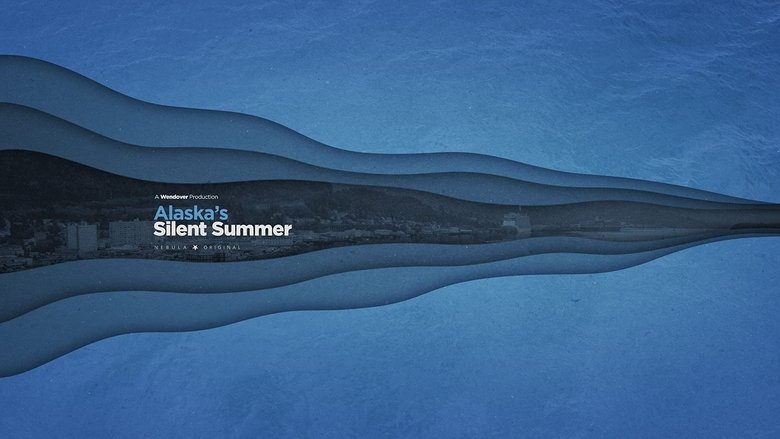
Alaska's Silent Summer (2021)
In 2019, 1.2 million people stepped off a cruise ship into the small, south-east Alaskan town of Ketchikan. The next year, in 2020, zero did. After decades of diligent work building a sleepy fishing, mining, and logging town into one of the most sought after cruise destinations in the world, the COVID-19 pandemic has transformed Ketchikan into an empty shell—lined with restaurants, shops, and attractions for the visitors who no longer come. Now, the town must find a way to survive without its key economy until the day arrives when cruise visitors once again pour into its docks.
Surfing For Change: Travel Guide to NIcaragua
A short documentary focusing on the surfer culture and tourism in Nicaragua.

Like Stone Lions in the Gateway into Night (2012)
Between 1947 and 1951, more than 80 000 Greek men, women and children were deported to the isle of Makronissos (Greece) in reeducation camps created to ‘fight the spread of Communism’. Among those exiles were a number of writers and poets, including Yannis Ritsos and Tassos Livaditis. Despite the deprivation and torture, they managed to write poems which describe the struggle for survival in this world of internment. These texts, some of them buried in the camps, were later found. «Like Lions of stone at the gateway of night» blends these poetic writings with the reeducation propaganda speeches constantly piped through the camps’ loudspeakers. Long tracking shots take us on a trance-like journey through the camp ruins, interrupted along the way by segments from photographic archives. A cinematic essay, which revives the memory of forgotten ruins and a battle lost.

Costa Natura - Naked Village (2001)
Documentary on the life of naturists on a resort in Spain.

Chasing the Light: Norfolk Island (2022)
Chasing the Light: Norfolk Island with Ray Martin is a visual feast, rich in land and sea cinematography and photography by some of the best in the business, while at the same time telling the unique, exotic and often surprising story of one of Australia’s great treasures: Norfolk Island. World famous landscape photographer Ken Duncan chases the light in an odyssey to get the perfect shot on the spectacular island gifted by Queen Victoria to the Pitcairn Islanders, mutineers from the Bounty, their Tahitian wives and their families and descendants. Ken, the master, has his sidekick and protégé Ray Martin along with him and they link up with local photographer and underwater specialist Zach Sanders. Capturing their chase is one of Australia’s most awarded cinematographers Andy Taylor. Andy turns his own lens on the lensmen and Norfolk’s unforgettable scenery, characters, culture, and customs.


Adolf Island (2019)
Caroline Sturdy Colls, a world leader in the forensic investigation of Nazi crime scenes, is chasing clues to an unsolved case: a concentration camp that existed on the British island of Alderney. Witnesses and survivors claimed that thousands died there, but only 389 bodies have ever been found. Under heavy restrictions imposed by the local government, which may not want its buried secrets revealed, Colls must uncover the truth using revolutionary techniques and technologies.
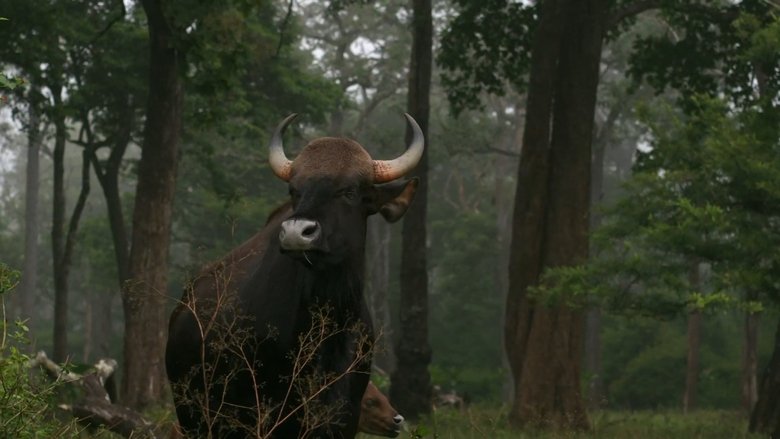
Wild Karnataka (2019)
An unprecedented UHD film on Karnataka's rich biodiversity narrated by David Attenborough. Portraying the state with highest number of tigers and elephants using the latest technology - a masterpiece showcasing the state, its flora, fauna.

D-Day to Berlin: A Newsnight Special (1985)
George Stevens's remarkable film is acclaimed by historians as the most important colour footage taken during the war. Milestones covered include the liberation of Paris, the link-up between the Russian and American armies on the River Elbe and the Allied capture of the Dachau concentration camp.
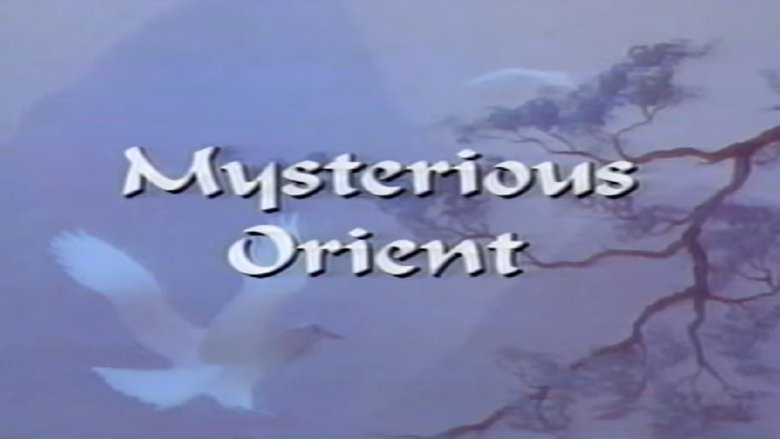
Mysterious Orient (1989)
A travel video about the sights and locales of east Asia.
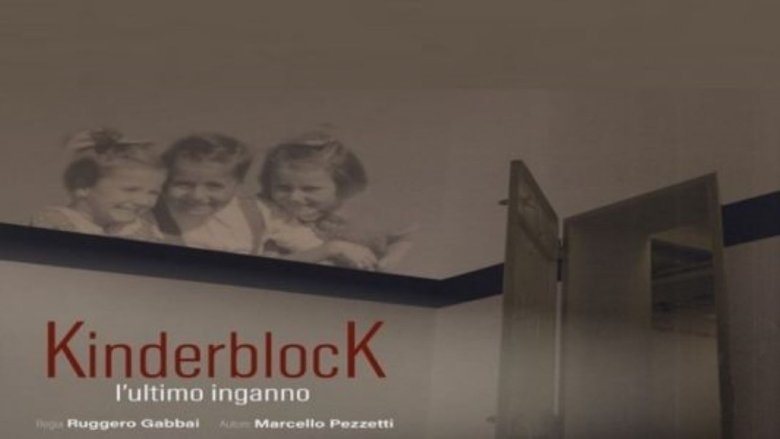
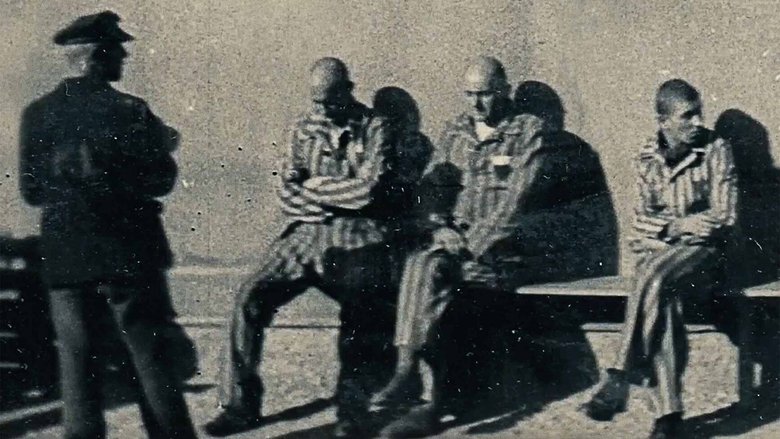
From Where They Stood (2023)
A handful of prisoners in WWII camps risked their lives to take clandestine photographs and document the hell the Nazis were hiding from the world. In the vestiges of the camps, director Christophe Cognet retraces the footsteps of these courageous men and women in a quest to unearth the circumstances and the stories behind their photographs, composing as such an archeology of images as acts of defiance.
Bye Bye Barcelona (2014)
Bye Bye Barcelona is a documentary about a city and its relation to tourism , on the difficult coexistence between Barcelona the city and Barcelona the tourist destination
Reunion (1946)
Live footage from concentration camps after the liberation, and the complex transport and lodging of masses of prisoners of war and other deported people back to their home countries, at the end of World War II. A 45min 35mm print also exists (shown at Cinémathèque française in 2023).

The Nuremberg Trials (2006)
One journalist described it as a chance "to see justice catch up with evil." On November 20, 1945, the twenty-two surviving representatives of the Nazi elite stood before an international military tribunal at the Palace of Justice in Nuremberg, Germany; they were charged with the systematic murder of millions of people. The ensuing trial pitted U.S. chief prosecutor and Supreme Court judge Robert Jackson against Hermann Göring, the former head of the Nazi air force, whom Adolf Hitler had once named to be his successor. Jackson hoped that the trial would make a statement that crimes against humanity would never again go unpunished. Proving the guilt of the defendants, however, was more difficult than Jackson anticipated. This American Experience production draws upon rare archival material and eyewitness accounts to recreate the dramatic tribunal that defines trial procedure for state criminals to this day.